Turkish Toilets: A Five Star Review
Back in 1990 when I first visited the country, Turkish toilets, whether squat or what we think of as ‘normal’ but the Turks call Ala Franga, were a constant topic of discussion among tourists and travellers. There were plenty of toilets around, in mosques, restaurants, bus stations and even in free standing facilities in parks, but the question was, would they be something you’d actually want to use?
At that time they were rarely supplied with toilet paper. After paying the entry fee you were usually given a few pieces of thin tissue, which I think were meant for drying your hands. Everyone was expected to use the worn out looking jug or hose next to the toilet for personal bidet style ablutions. Often the toilet flush didn’t work and so the jug has a dual purpose.
I’m pretty tough and when needs must, nothing stops me. In 1990 I used outdoor drop Turkish toilets in the Black Sea region, whose contents were regularly cleared out to be used as fertiliser on the nearby fields I could see through the gaps in the slat door. After having to hold my breath to use a stinking facility in an old bus station in Ağrı in 2001, I discovered there wasn’t even any water connected to fill the jug. I walked out and refused to pay for the service, despite a small boy harassing me for money even after I climbed back on my bus.
In 2004 I had to use a cigarette lighter to find my way into basement toilets of a restaurant in Kahta. Despite the lack of electricity they were surprisingly clean, but that, I found out later, was because the restaurant had only opened three days previously. Give it time my Turkish friends said.
Yet had I gone to Giresun in 2000, I’d have discovered one of the best Turkish toilet facilities in the country, at least according to the man who made it possible.
As it was I was lucky enough to visit Gulhane Park in Istanbul in 2001, the former gardens used by the ladies of the harem. In keeping with the palace theme, the ladies toilets were tastefully furnished with lush maiden hair ferns, chirping canaries, cosy chairs and a full-length chaise lounge. An ironing board and iron stood ready in one annex while a double tiered tea pot simmered quietly in another. I can’t remember what the actual toilets looked like, but it was a memorable experience, for all the right reasons.
I liked the above photo (taken by my husband Kim) so much I used it as the cover of my first book Inside Out In Istanbul: Making Sense of the City.
If you have any Turkish toilet stories, good or bad, please share them in the comments below. If you’re brave enough that is!
***********************************
Planning to come to Istanbul or Turkey? Here are my helpful tips for planning your trip.
For FLIGHTS I like to use Kiwi.com.
Don’t pay extra for an E-VISA. Here’s my post on everything to know before you take off.
However E-SIM are the way to go to stay connected with a local phone number and mobile data on the go. Airalo is easy to use and affordable.
Even if I never claim on it, I always take out TRAVEL INSURANCE. I recommend Visitors Coverage.
I’m a big advocate of public transport, but know it’s not suitable for everyone all the time. When I need to be picked up from or get to Istanbul Airport or Sabiha Gokcen Airport, I use one of these GetYourGuide website AIRPORT TRANSFERS.
ACCOMMODATION: When I want to find a place to stay I use Booking.com.
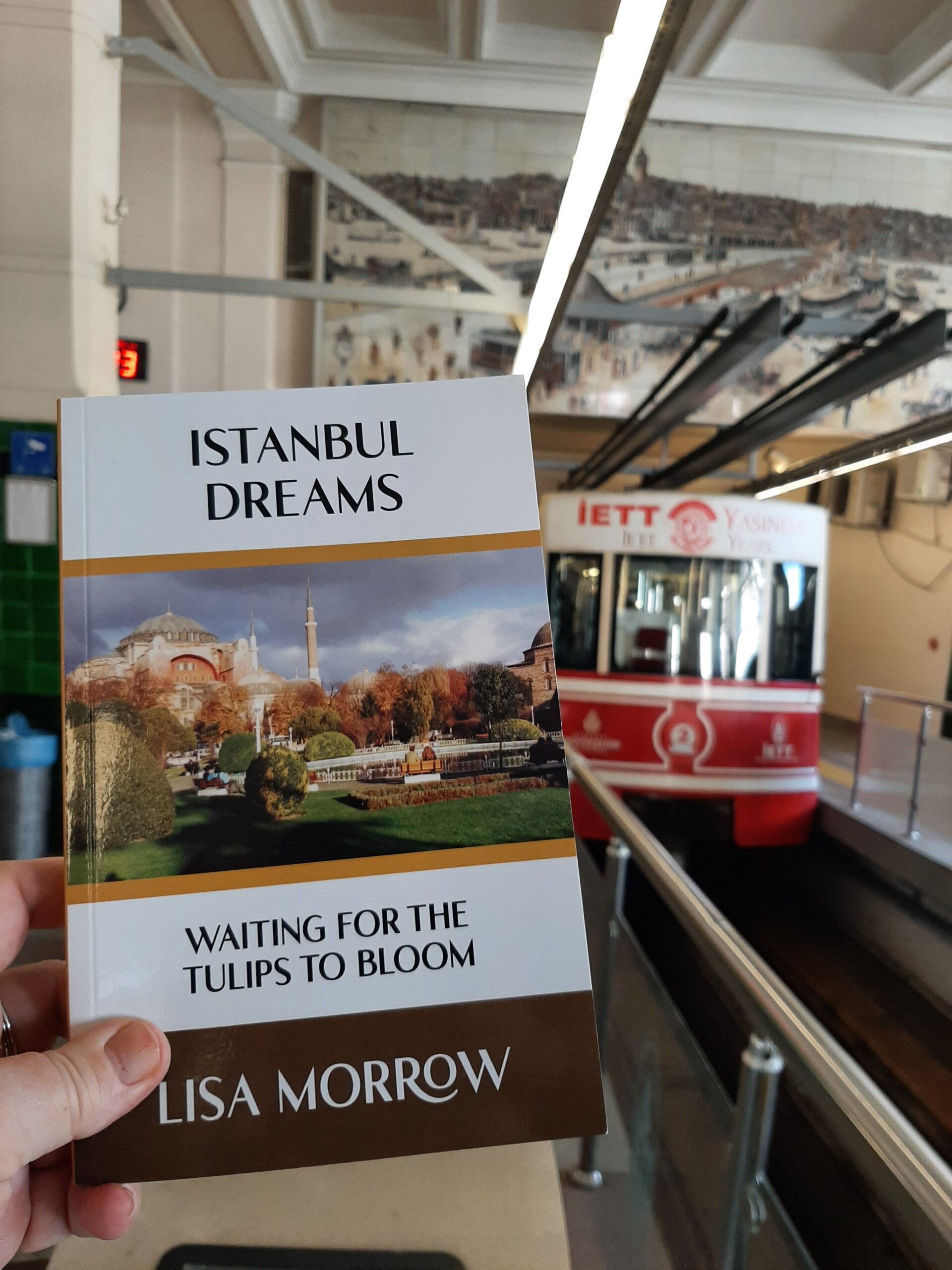
CITY TOURS & DAY TRIPS: Let me guide you around Kadikoy with my audio walking tour Stepping back through Chalcedon or venture further afield with my bespoke guidebook Istanbul 50 Unsung Places. I know you’ll love visiting the lesser-known sites I’ve included. It’s based on using public transport as much as possible so you won’t be adding too much to your carbon footprint. Then read about what you’ve seen and experienced in my three essay collections and memoir about moving to Istanbul permanently.
Browse the GetYourGuide website or Viator to find even more ways to experience Istanbul and Turkey with food tours, visits to the old city, evening Bosphorus cruises and more!
However you travel, stay safe and have fun! Iyi yolculuklar.
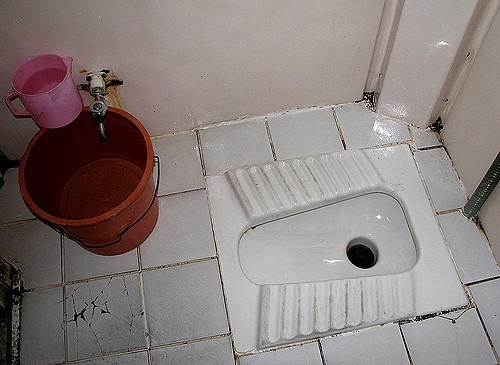
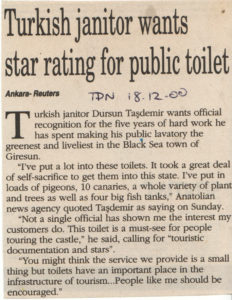
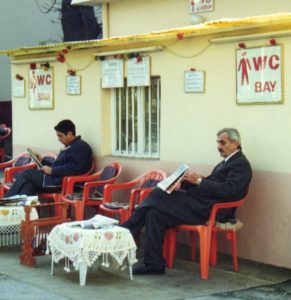
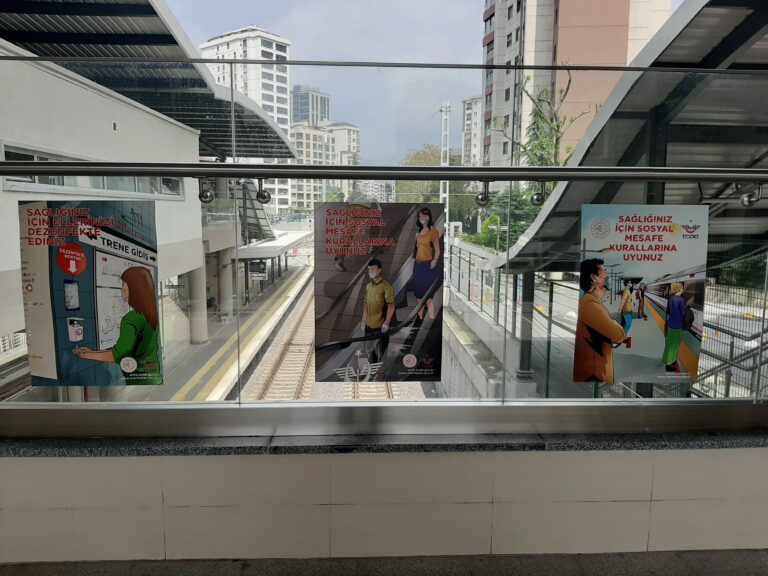
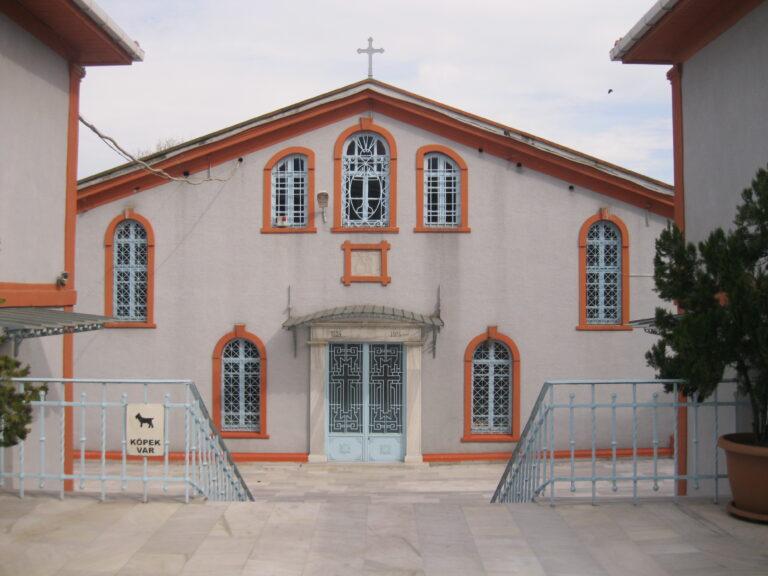
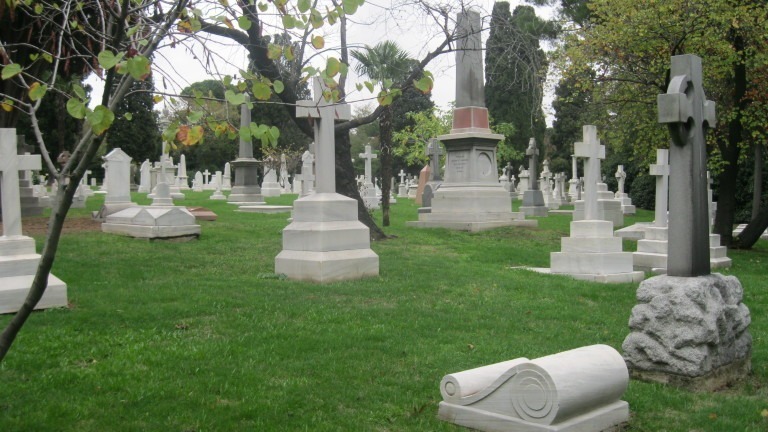
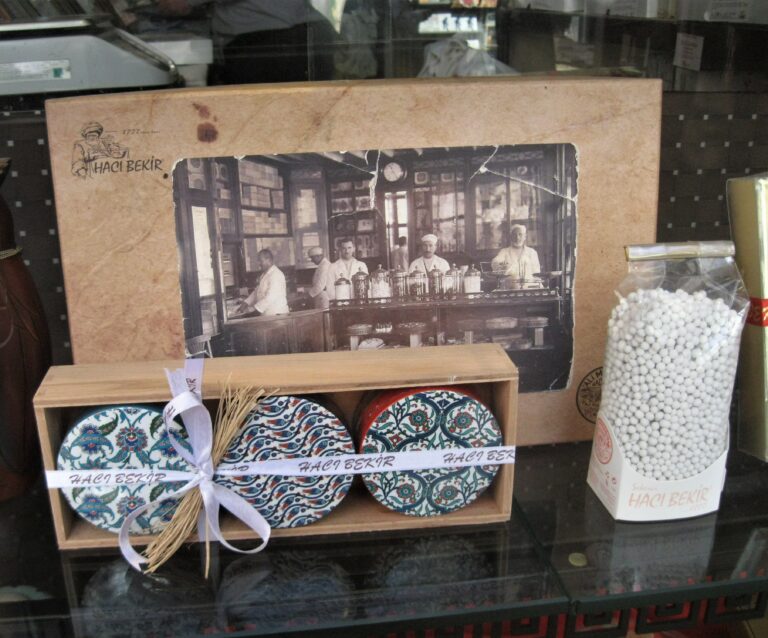
Hey. Recent traveler to Turkey here: Istanbul in 2022 and Cappadocia region/ long bus to Pamukkale -with various bus station toilets- Selçuk, Izmir and Istanbul again in mid 2024. First interaction with the squaty potty was at the kapalI çarsI (Grand Bazaar) in 2022. Er ..rather Istanbul airport, but I did not use it then. Anyways. 58 y. o. Traveller here. If you can squat, go for it! Ya, took me to Selçuk before I realized I could flush. I’m cool with the little bucket. After traveling through Turkey and Italy with food poisoning, and becoming fairly expert in international toilets: squaty potties are THE BOmB! Turkish toilets in all the towns and villages I visited are superior yo ANYTHING in Italy. I will pay 10 – 20 Lira for a clean toilet, swatting or not over using some nasty space with a tall stool, but no seat or paper, or bidet – even some museum bathrooms in Italy are like abandoned closets, or murder scenes. Just carry your own paper, clean up behind you with the little bucket. Believe me with food poisoning on both places: you want a porcelain square, that water wand, and that little bucket to clean up rather than a “normal” stool (seat or no seat), a sink and no little bucket.
Quite. I had my own bout with food poisoning in Turkey back in 1990 and spent a long time squatting over a Turkish toilet. I agree with you re functionality and cleanliness. Some of the A la Franga (what the Turks call the toilets we use in the West)I’ve encountered in my travels in Tunisia, Greece and also Italy, have been less than appealing.
So I was working at a place with ala Turka when I realised I could actually flush it. I had been using a jug to get rid of my “waste” (sometimes quite time consuming) for over a year, when I noticed. 😀
I’m glad you did notice in the end!
Ah what a fascinating topic! 😀 I have been living in Istanbul for almost two years and have been doing my best to stay away from squat toilets. There’s something about them that makes me wanna run away as fast as I can. Ewww!
A lot of people feel like that. When I first came to Turkey in 1990 they were the norm, so carrying tissues all the time was a must. Especially when you travel to the east and south east. That said, they’re often really clean, although very wet, because of all the water people use afterwards!
I got caught out while on the metro in Istanbul. There was a toilet inside one of the stations so due to the fact i was busting i went in. All started out fine, but then i heard gurgling, i looked down the whole in the floor but nothing looked suspicious so i carried on my business, after a few more gurgles the toilet suddenly backed up and i got a short sharp shower of rancid sewer water. Ive never moved so fast in my life. I had to continue my journey on the metro covered in poop, luckily it was quite late so not many people see me. Needless to say everything i was wearing went straight in the bin, including my shoes !!!
Poor you! What an awful experience. I hope you’ve recovered.
This happened to me as well in Mersin. Hilarious and hell-ish all at once.
Enjoy:
https://janeyinmersin.com/2014/11/26/rage-against-the-latrine/
It certainly tests your balance AND your hand eye coordination!
I hate using public toilets in Turkey! I only ever use ala turka as a last resort…I don’t think I have the knack as I have ended up with splashed shoes before 😜🙈
I HATE paying if the toilets are not clean. What am i paying for then? I was so happy the other week when I paid 2 lira (shocking) for wee but the place was SPOTLESS! Skipped out of there 😁
They can be challenging, but at least as long as there is a mosque where you are in Turkey, you know there’s a public toilet handy. That’s not the case everywhere.
Thanks to my parents who taught me how to be a clean human !! For me, it’s about being a human being…
Ala Franga comes from Frank word as you all guessed. (French culture was popular for a while before American-British became dominant. Pardon,antre,… )
Ala Turka; the one there is a hole you sit on and the one you can see a hose or a box of water with a career cup. You wash ❤ it by hand using plenty of water and dry it. This is unique to TR culture. A sitting toilet is healthier because it prevents from hemorrhoids(physicians say).
Ala Franga:
The one a small tap integrated with the closets (this is unique to TR). This tap is a completely wrong design for ladies because water comes from back and carry thingz to the front. In the middle east you see a small shower hose aside closet. You grasp its handle and let water flow. What I understood from the power of the water flow is they don’t wanna touch that part for cleaning 😉
Let me tell you more,
The closet in a Jewish hotel in Jaffa street in Jerusalem was the worst one for me. There wasn’t water at all. Neither hose nor a filled tank. It was the first time I saw a closet without integrated-tab. So, I travelled with a water bottle everywhere.
In Saudi there is also closets with mini-shower supplement and for me it’s an adaptation product of west and east culture. I prefer to use the closet at home. I’m the only one using it. If I’m outside I search for an ala Turqa one. They are cleaner and healthier. Especially in malls, when you don’t know who sit and how they used before.
Things change with education and culture. What you see in Agri and Izmir would be different.
Well, you might not want to publish my encounters with Turkish toilets while ”on the rag.” But let me know!
Go for it!